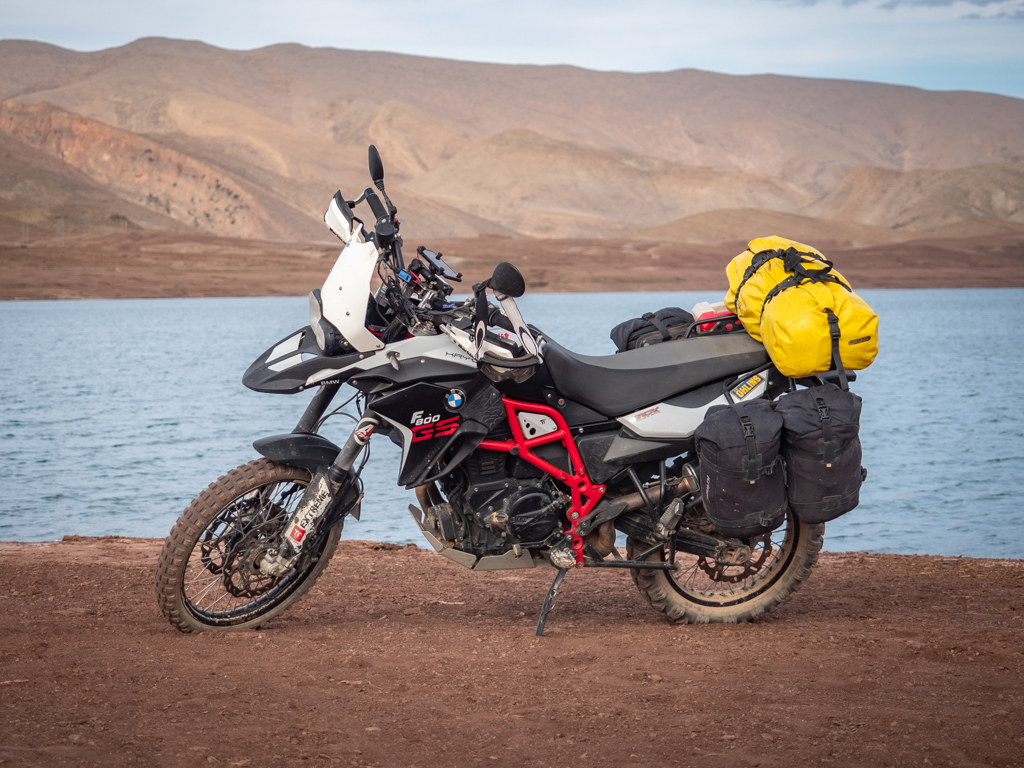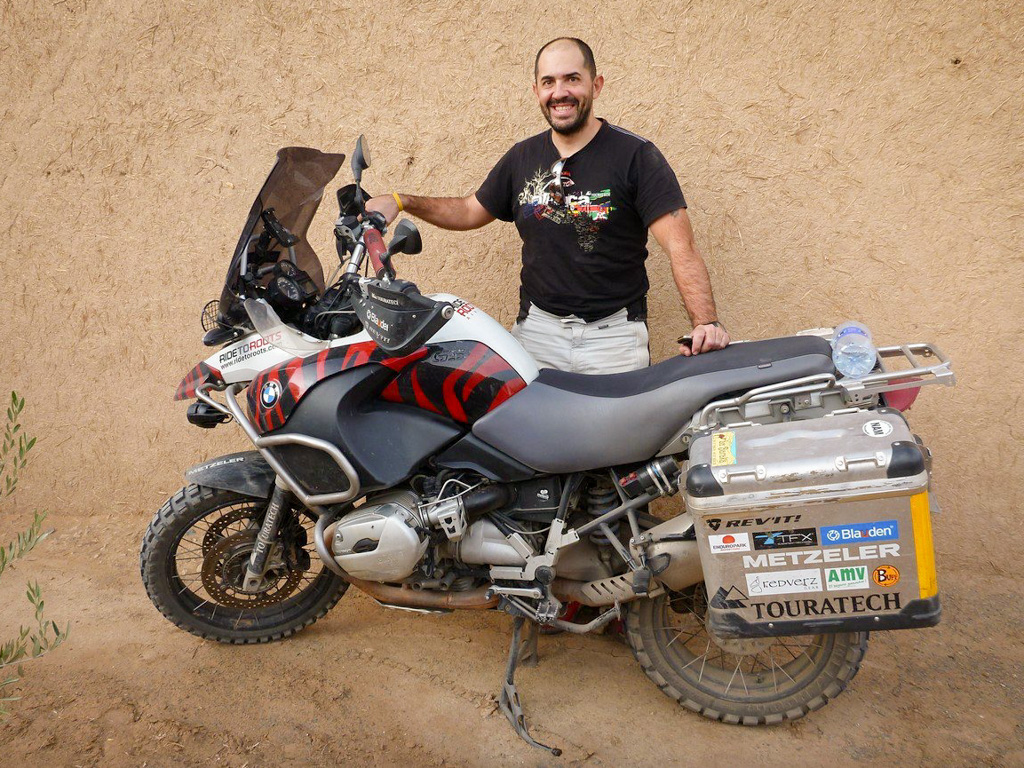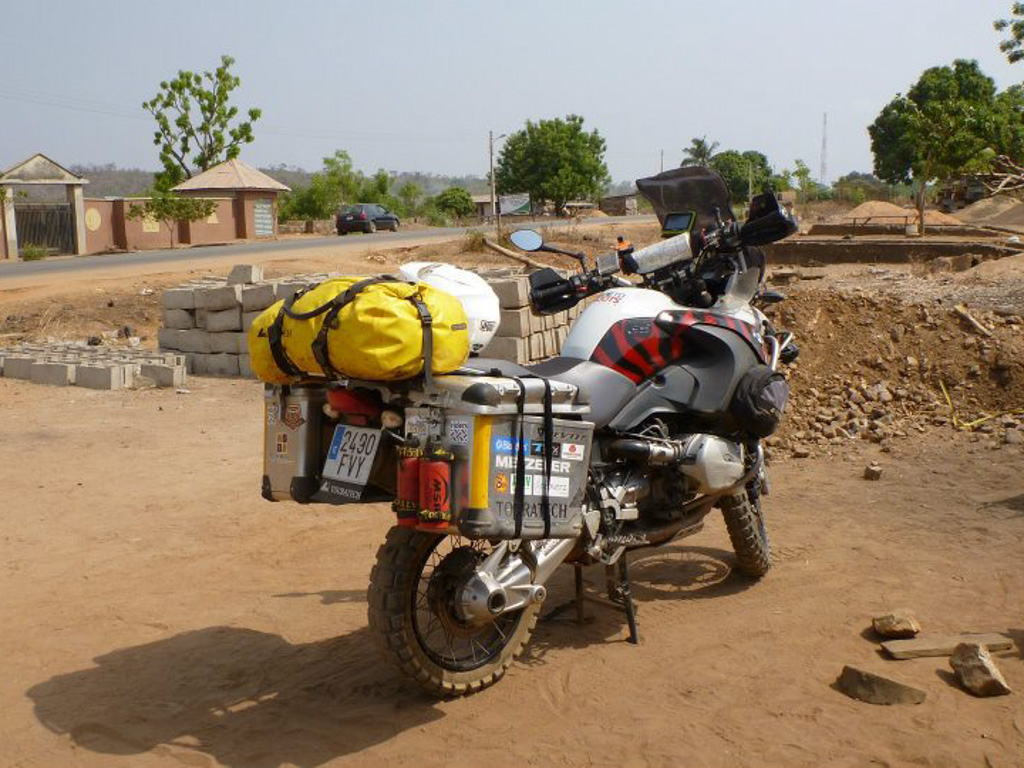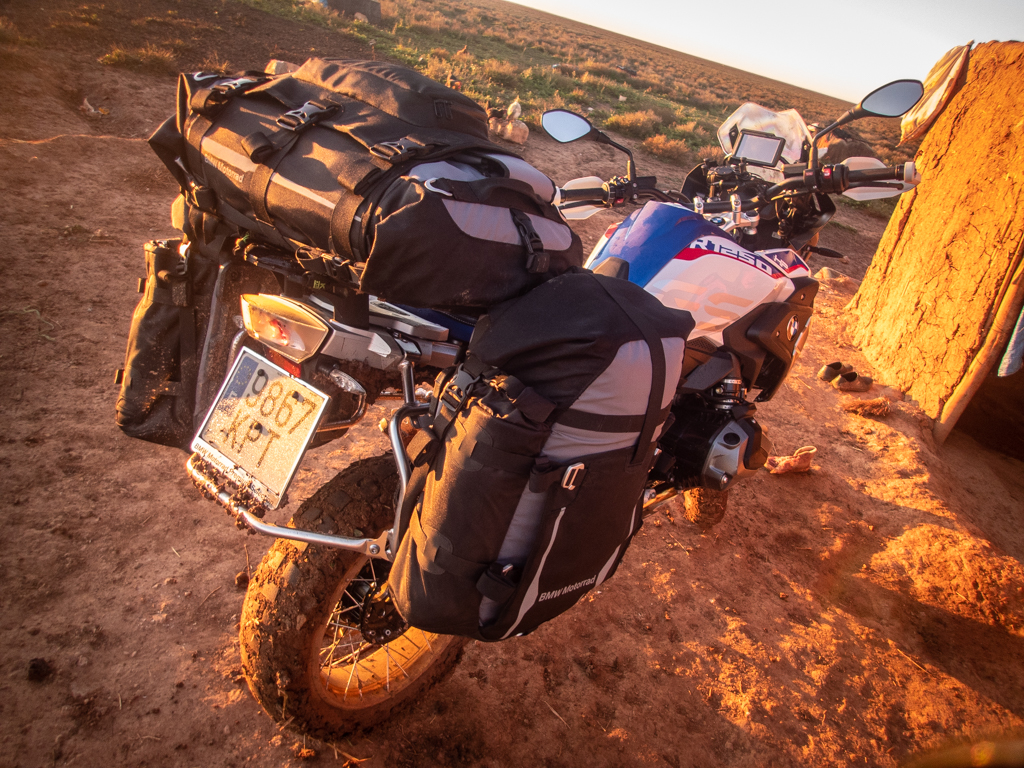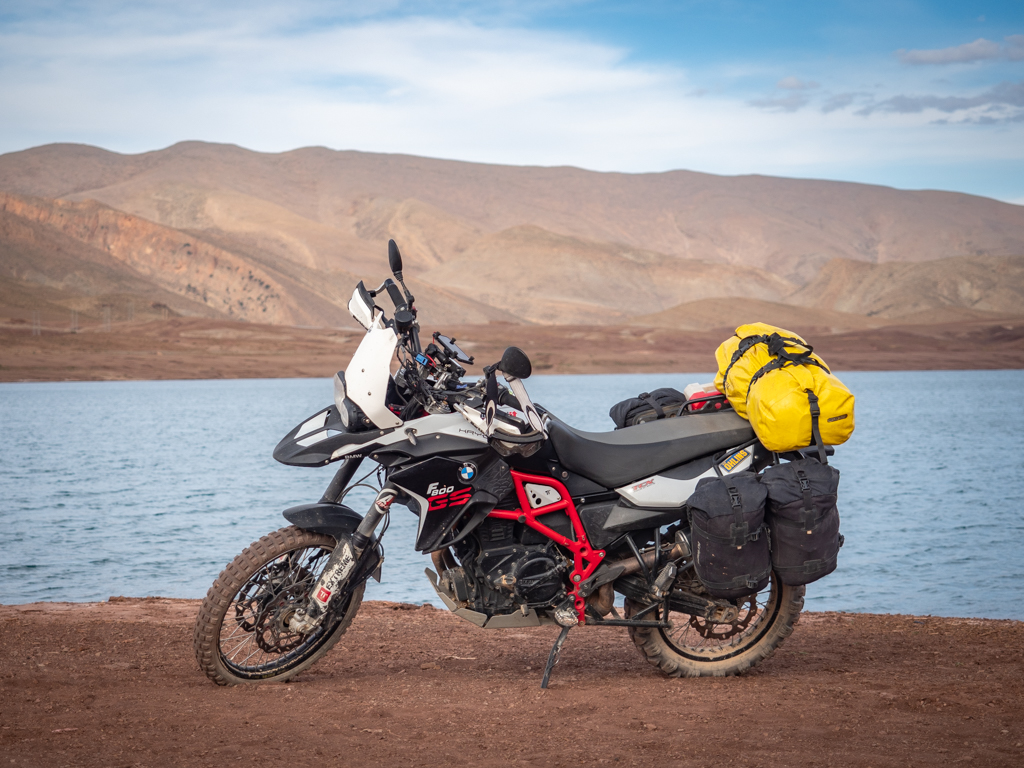Luggage system for Trail Motorcycle Travel
When choosing between hard and soft panniers for our adventure motorcycle trips, it’s essential to consider factors such as the type of terrain, riding style, and storage needs. Here are the pros and cons of each type, based on my personal experience on long trips and Trail/Enduro routes:
1. Hard Panniers
Advantages:
- Durability and protection: Hard panniers, made of materials such as aluminum or reinforced plastic, offer superior protection against impacts, extreme weather conditions, and falls.
- Security: Being more difficult to break into, hard panniers offer greater protection against theft.
- Waterproofing: They are usually fully waterproof, protecting contents from rain, dust, and dirt.
- Storage capacity: They typically offer more storage space and allow better organization thanks to their rigid structure.
- Inner bags: Help keep luggage organized. A big advantage is that they are removable, so you don’t have to take off the panniers when carrying your gear to, for example, a hotel room.
- Accessory mounting: Hard panniers allow for the easy attachment of accessories such as fuel canisters, additional bags, or luggage racks.
Disadvantages:
- Weight: They are heavier than soft panniers, which can affect the bike’s performance and handling, especially on rough terrain.
- Fixed volume: They cannot be expanded, which can be a drawback if you need more space on a long trip.
- Risk of injury: When riding off-road, if you have to quickly put a foot down to avoid a fall or maneuver, it’s easy for motocross/enduro boots to get caught on the lower edge of the pannier, causing serious leg injuries and dangerous crashes.
- Fragility in hard crashes: In severe falls, hard panniers can deform or break, and sometimes they can’t be repaired.
- Price: They are usually more expensive than soft panniers due to their materials and durability.

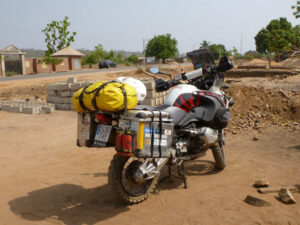
2. Soft Panniers
Advantages:
- Lightweight: They are much lighter than hard panniers, which improves the bike’s handling, especially on technical or off-road terrain.
- Flexibility: They can be compressed or expanded depending on how much gear you carry, making them more versatile for long or short trips.
- Lower risk of damage in falls: In case of a crash, soft panniers tend to absorb impacts better without breaking, and they are less likely to damage the bike or the rider.
- Price: Generally more affordable than hard panniers, making them an accessible option for many riders.
- Ease of repair: Scratches or minor damage can often be fixed with patches, making them more practical.
Disadvantages:
- Lower security: They are more vulnerable to theft, as they can be easily cut with a knife or similar tools.
- Limited protection: While many are water-resistant, they are generally less waterproof than hard panniers and can be damaged by prolonged exposure to the elements.
- Less convenient access: Opening and closing soft panniers, especially when full, can be less convenient compared to hard panniers, which often have quicker mechanisms.
- Less stability: At high speeds or when fully loaded, soft panniers can shift or vibrate more, potentially affecting handling. This depends on the mounting system, brand, and model—some modern solutions now offer excellent performance.
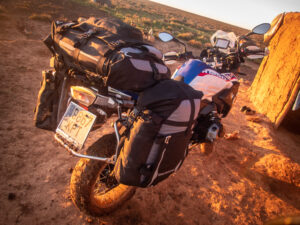
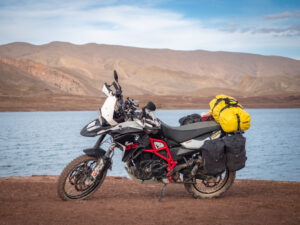
Two Options with Different Benefits. Which One to Choose?
It could be said that hard panniers are ideal for those seeking security, protection, and ease of organization for long-distance road trips, especially when riding two-up.
Soft panniers, on the other hand, are better suited for those who value lightness, flexibility, and improved safety in off-road conditions or more extreme adventures.

